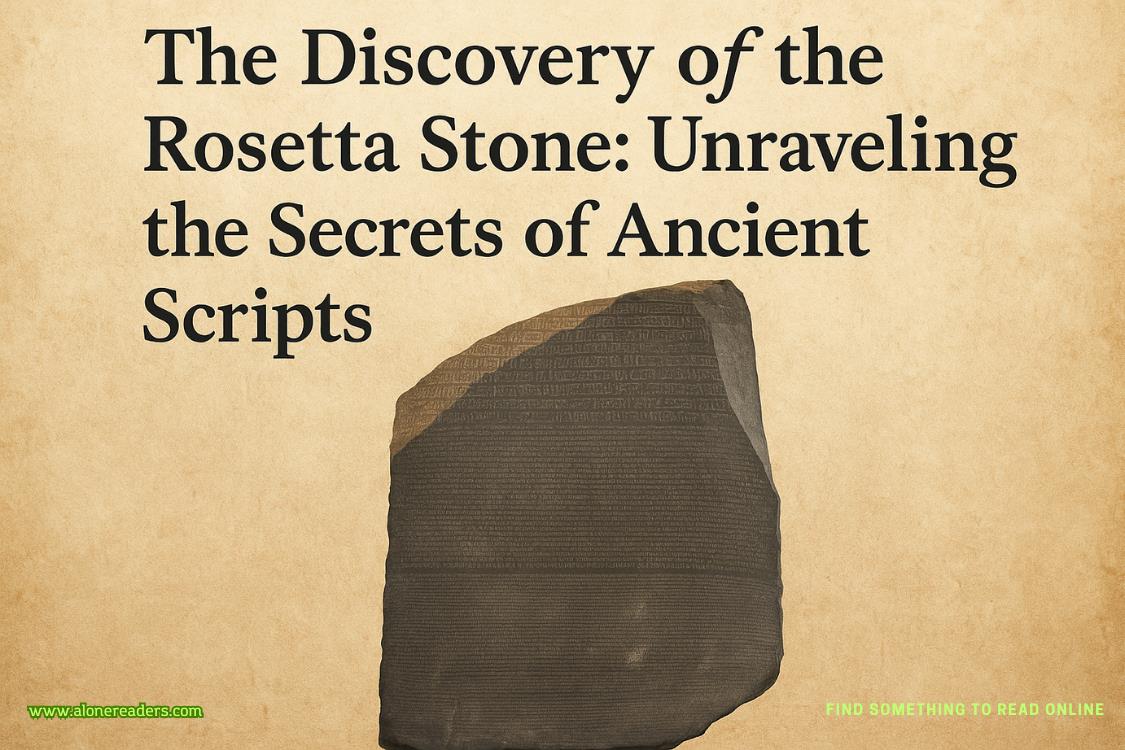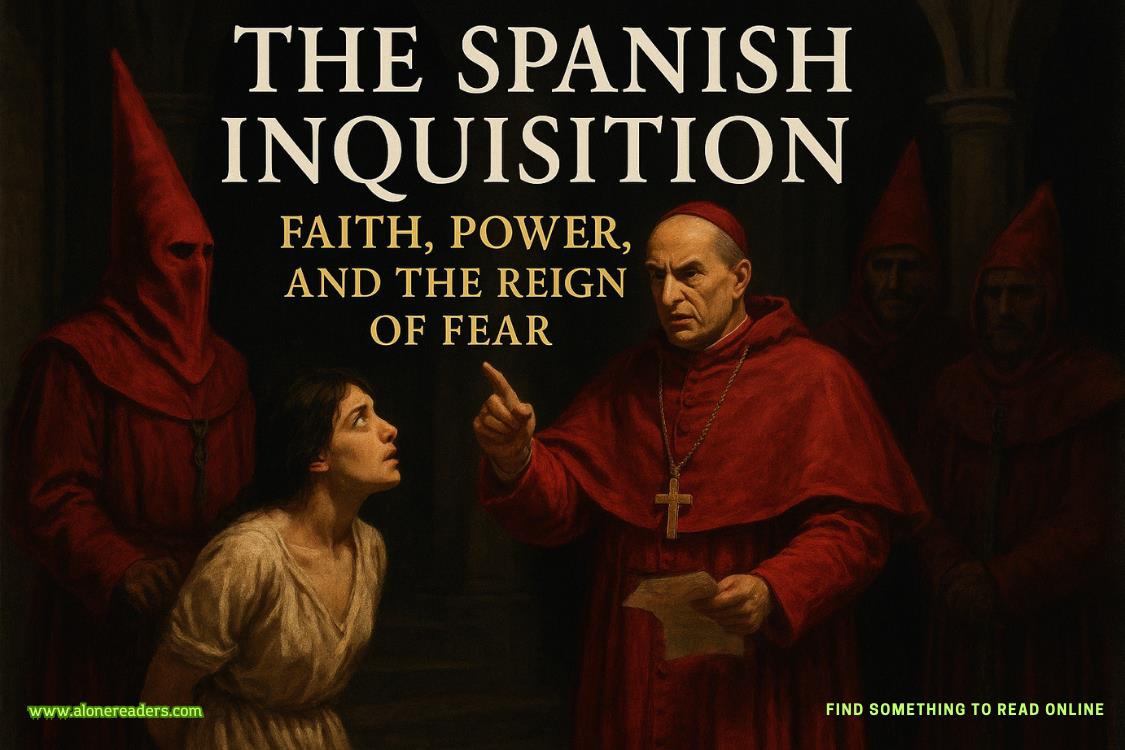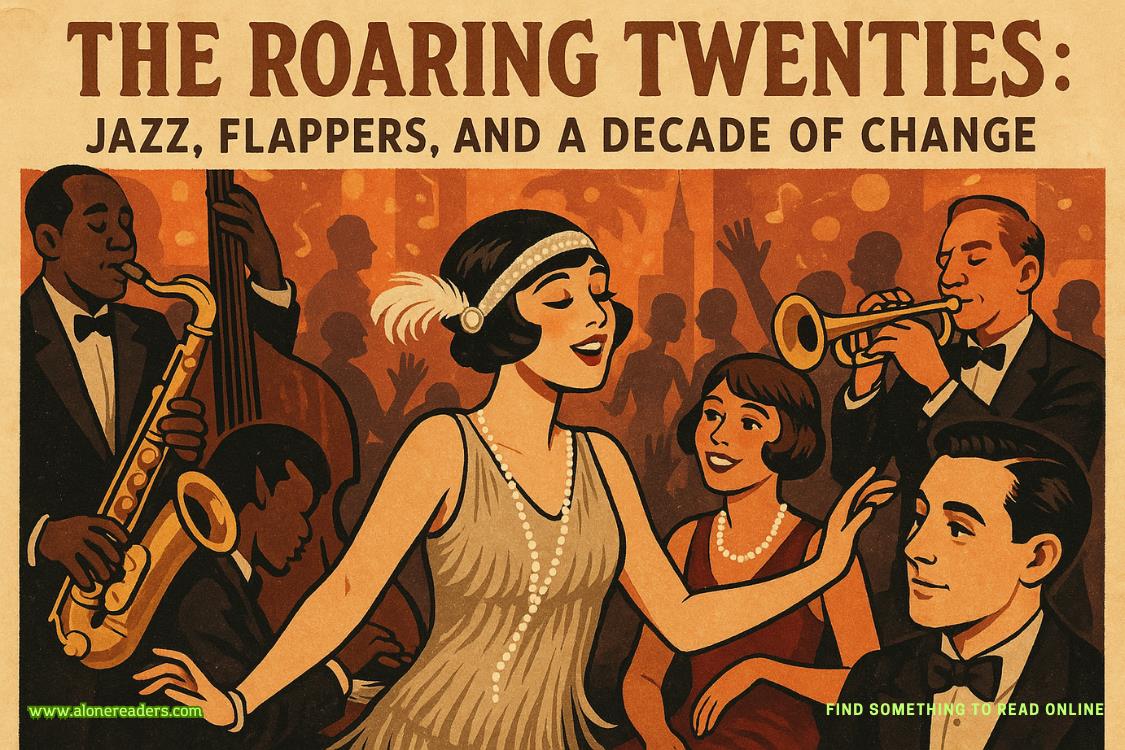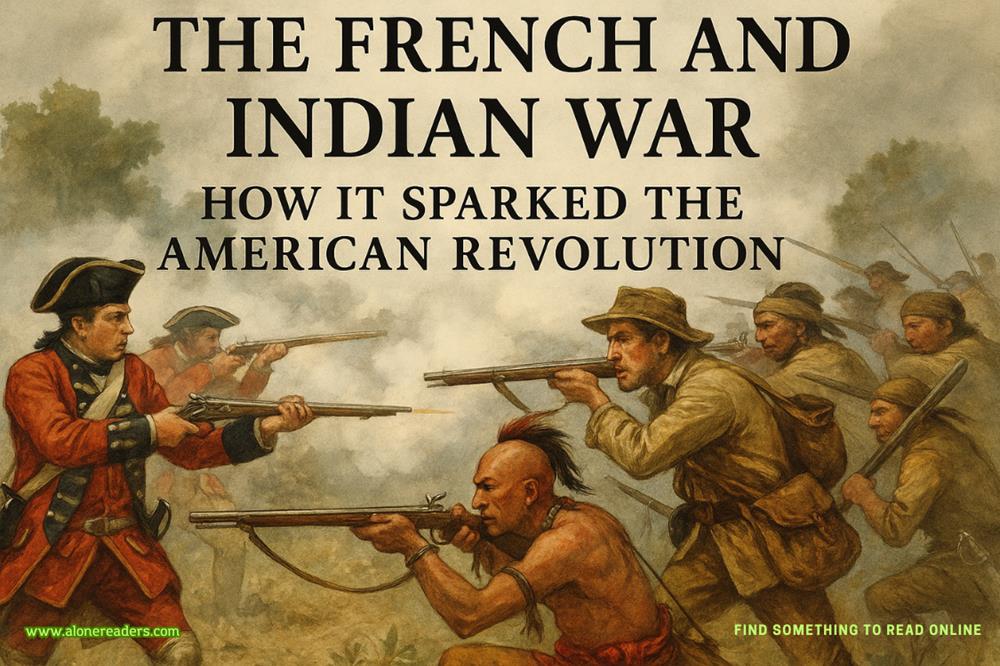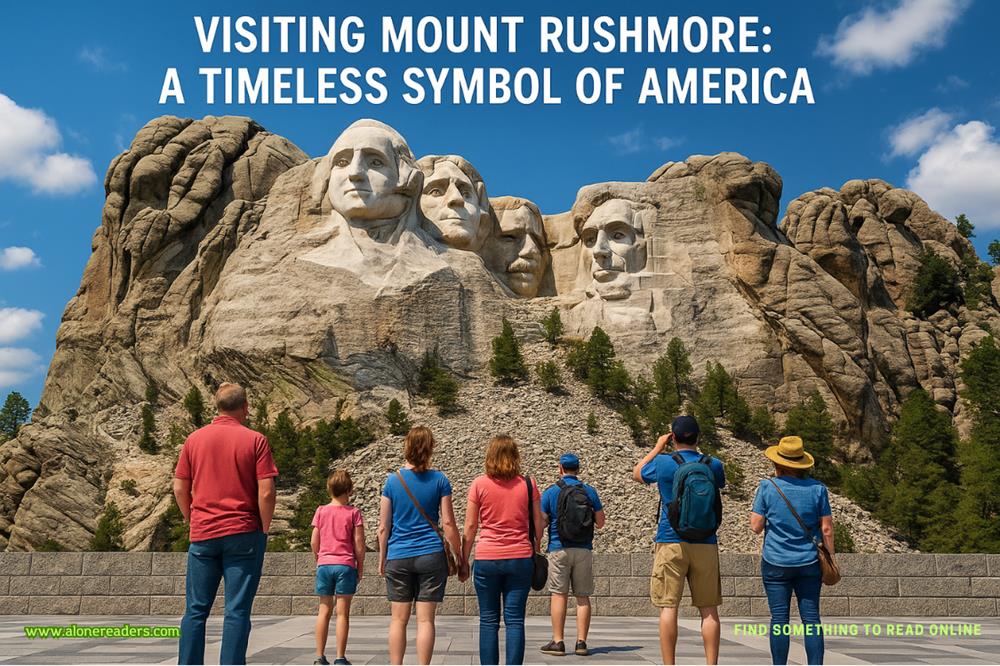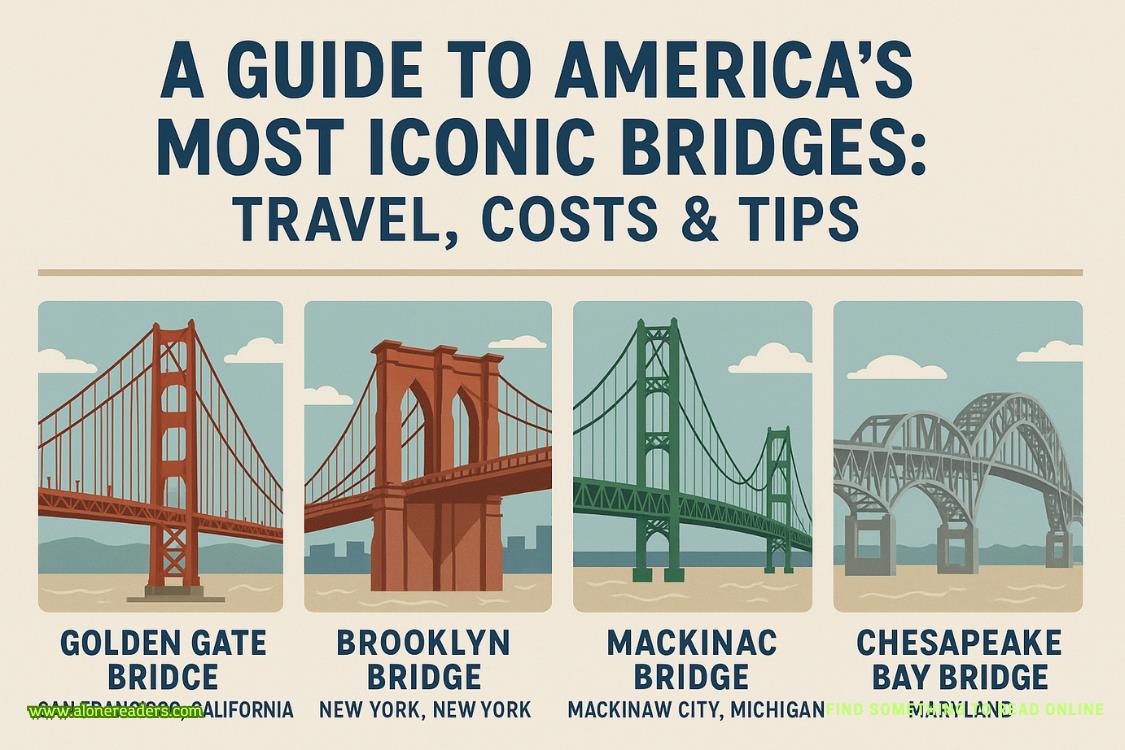Page 61 of The Cabinet of Dr. Leng
“I realize this is unexpected, Dr. Ferenc, but nevertheless I believe you underestimate your own abilities. No doubt this will mean a few late nights. But if you’re able to complete the project in two weeks instead of three, I’m willing to double your compensation.”
“But—” Ferenc fell silent as he did some mental juggling. What Pendergast said was more or less true: he’d assembled the greater part of the device in his head already. And one million dollars had a very nice sound to it.
“A million dollars,” Ferenc said. “If the device is completed in two weeks?”
“That’s correct.”
“Whether you succeed or fail—Proctor made that promise the very first day. What if it’s completed but doesn’t work? I mean, even at this stage there are no guarantees.”
“Dr. Ferenc, if you take unnecessary shortcuts, or intentionally build a bogus device simply to make my proposed deadline, I will not respond well.”
“Please don’t mention ‘bogus devices’ in the same breath as my name.” Ferenc said this with true sincerity. He intended to succeed with this machine, and he hoped his strange employer could see that.
Pendergast, leaning against the soapstone table, looked back at him, arms crossed. “Fair enough. To clarify, the million dollars is yours if you act in sincere good faith and complete the machine in two weeks—whateverthe outcome. However—” He paused.
“What?”
“We will naturally require your services for a period following the final testing. For an additional remuneration.”
“Right. Of course.”
Pendergast glanced at his watch. “Now, is there anything you need at present?”
“No, thank you.” Ferenc hesitated. “Actually, could you ask Mrs. Trask to bring my meal down here? And would, ah, pepperoni pizza with extra cheese and a six-pack of Coke in a cooler of ice be possible? It’s going to be a long night.”
“I’m sure that can be managed.” And with that, Pendergast turned on his heel and left the improvised laboratory, shutting the zinc door noiselessly behind him.
39
June 2
Friday
AGENT COLDMOON ENTERED THEvast and echoing Roosevelt Rotunda, with its two giant dinosaur skeletons and screaming hordes of schoolchildren. For all its grandeur, he found the museum unsettling, even a little disturbing: he thought of his ancestors’ most sacred belongings, maybe even their bones, stuffed into this temple to…what? Curiosity? Science? There was something about the very concept of a museum like this that offended him: stuff taken from its original owners and sealed up behind glass or locked in storage rooms. On the other hand, it was obviously educational—and he could see the point of preserving such things as that magnificent canoe, which otherwise would have probably been abandoned, burned by trappers or rotted away on some remote British Columbian shoreline.
He spied D’Agosta waiting for him near the information desk, and he made his way over. The homicide commander looked tired and a little put out. Coldmoon briefly wondered if all was right at home.
“Hey, Armstrong,” D’Agosta said. “I’ve got us that appointment you asked for—Security in ten minutes.”
“Great.”
They walked over to the grand marble staircase and descended to the first floor. Coldmoon instinctively paused again to look at the canoe hanging from the ceiling.
“Impressive, right?” said D’Agosta, noticing his glance. “This place never ceases to amaze.”
“I’ll say.”
They went into the security area. The head of security, Archer, was waiting for them. He didn’t look much like a security director to Coldmoon: a small, restless man with a pencil mustache, wearing spit-and-polished pointy-toed shoes, a brown three-piece suit, and a rather flamboyant yellow tie. He led them through the main security lobby to a conference room in the back, with a worktable, whiteboards, and a flat-panel screen. A number of files and a thick visitors’ log were arranged with severe precision on the table.
“It’s all here, as you requested,” said Archer in a high voice. “This is the visitor log to the anthropology area—” he placed his hands on the massive book— “and these files are the credentials presented by those who are allowed entry to the high-security vaults.”
“High-security?” Coldmoon repeated.
“The vaults that contain the most valuable objects,” Archer explained. “It’s quite remarkable how much the value of these collections has escalated in recent years.”
Coldmoon nodded.
“It works like this,” Archer went on. “To access a vault, a visitor needs to present credentials and must be accompanied by a curator.”
